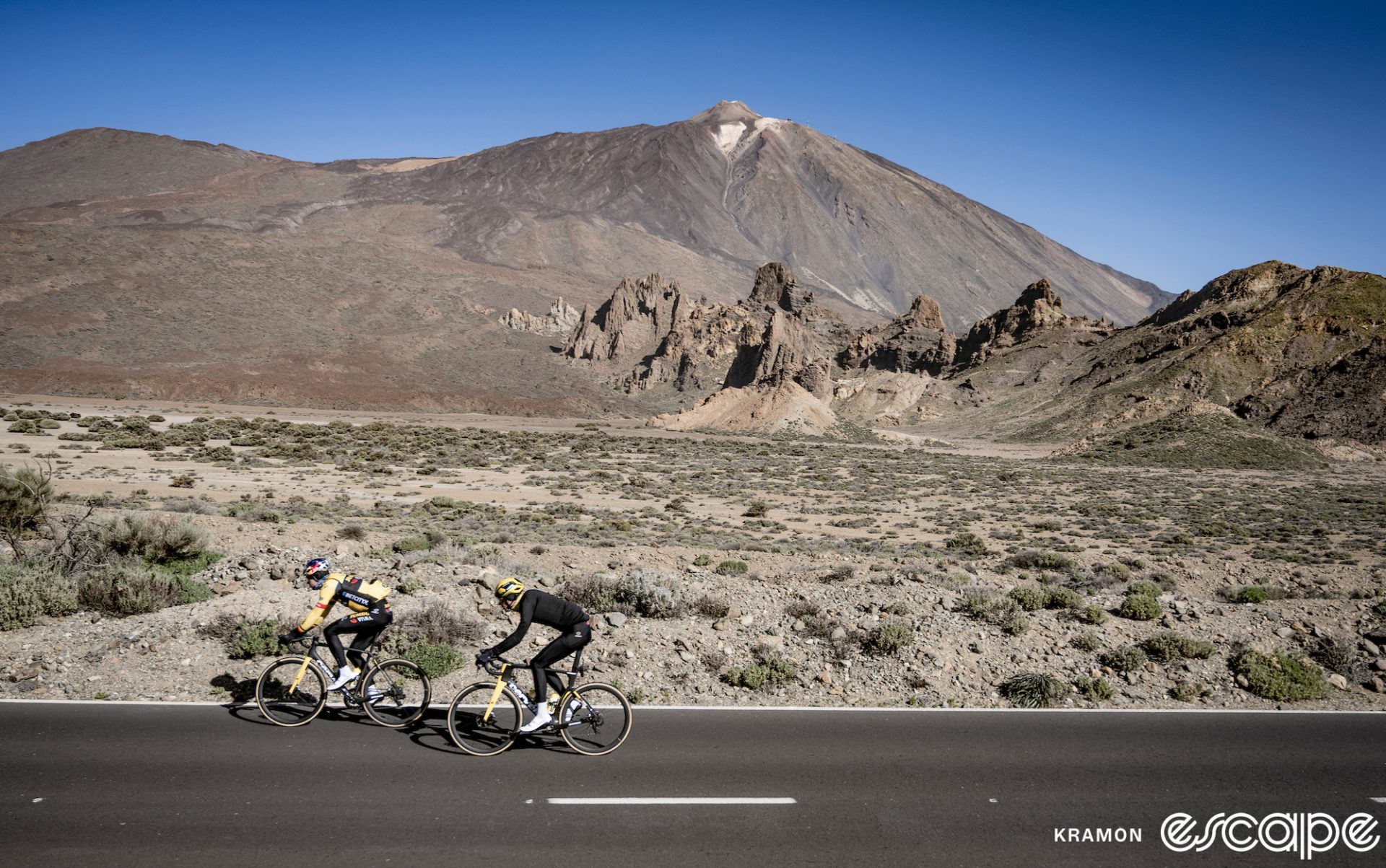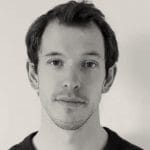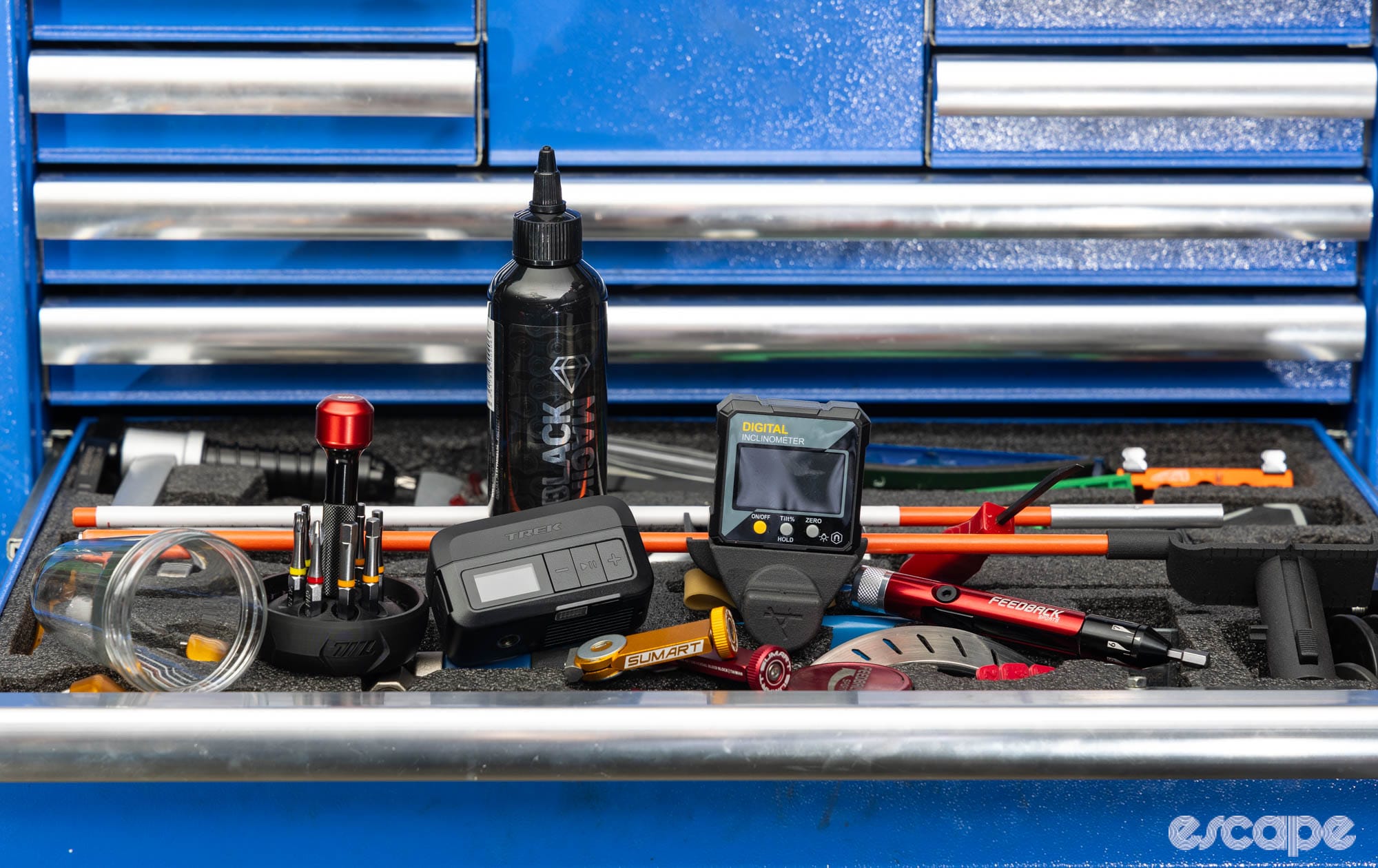It was 11:30 in the morning, 16 days into the AG2R-Citroën altitude camp on Sierra Nevada in May.
Team trainer Stephen Barrett’s phone started ringing and his heart sank when he saw that it was Ben O’Connor calling. He was out training.
“I feel fucking terrible, my legs aren’t there,” was the gist from their Tour de France leader.
Altitude training camps can make or break the best. They are not just sport science projects in the sky, about increasing one’s red blood cells and oxygen-carrying capacities. Or about the priceless training load from thousands of kilometres and over 30,000 metres of elevation in a focused environment. It’s also about growing that fickle, fragile thing for an athlete: confidence.
They have become a must-do for Tour de France contenders and their team-mates during the season. Doing diligent rides in comparative isolation for a fortnight or more, they are a battery of comprehensive, controlled tests before the real deal.
In modest accommodation in lofty peaks around Europe – Tenerife’s Mount Teide, Italy’s Livigno, and southern Spain’s Sierra Nevada are the most popular locations – they try to hit the numbers given by coaches and fine-tune already-purring engines.
Team Sky popularised altitude camps by taking the likes of Bradley Wiggins and Chris Froome up Mount Teide in the early 2010s. It has become just another essential part of defending champion Jonas Vingegaard’s preparation and his teammates. But they’re also expensive, and take riders away from racing for long chunks of time, both of which are barriers for smaller teams with one eye on budget and another on points rankings and relegation tables. Christophe Laporte, for example, had never done a sustained one before joining the team from Cofidis in 2022.
The May camps are a key building block. Jumbo-Visma stayed on Sierra Nevada, at over 2,000 metres, with eight riders, one mechanic, two soigneurs, two chefs, two coaches and a nutritionist.
It’s invaluable one-on-one time for the team’s head of performance Mathieu Heijboer, who has been working with riders at altitude since 2013. What are the big changes over the years that he’s observed? “The major difference is that we are taking our nutrition much more in our own hands,” he says. Having been dependent on the hotel chef’s recipes, they bring their own cooks and make their own meals.
Jumbo-Visma riders normally leave together in the morning for training, but different sets of riders have different efforts. There is an added layer of complexity to supporting them with food, bidons, and weather-appropriate clothing when there’s only so many cars to go around.
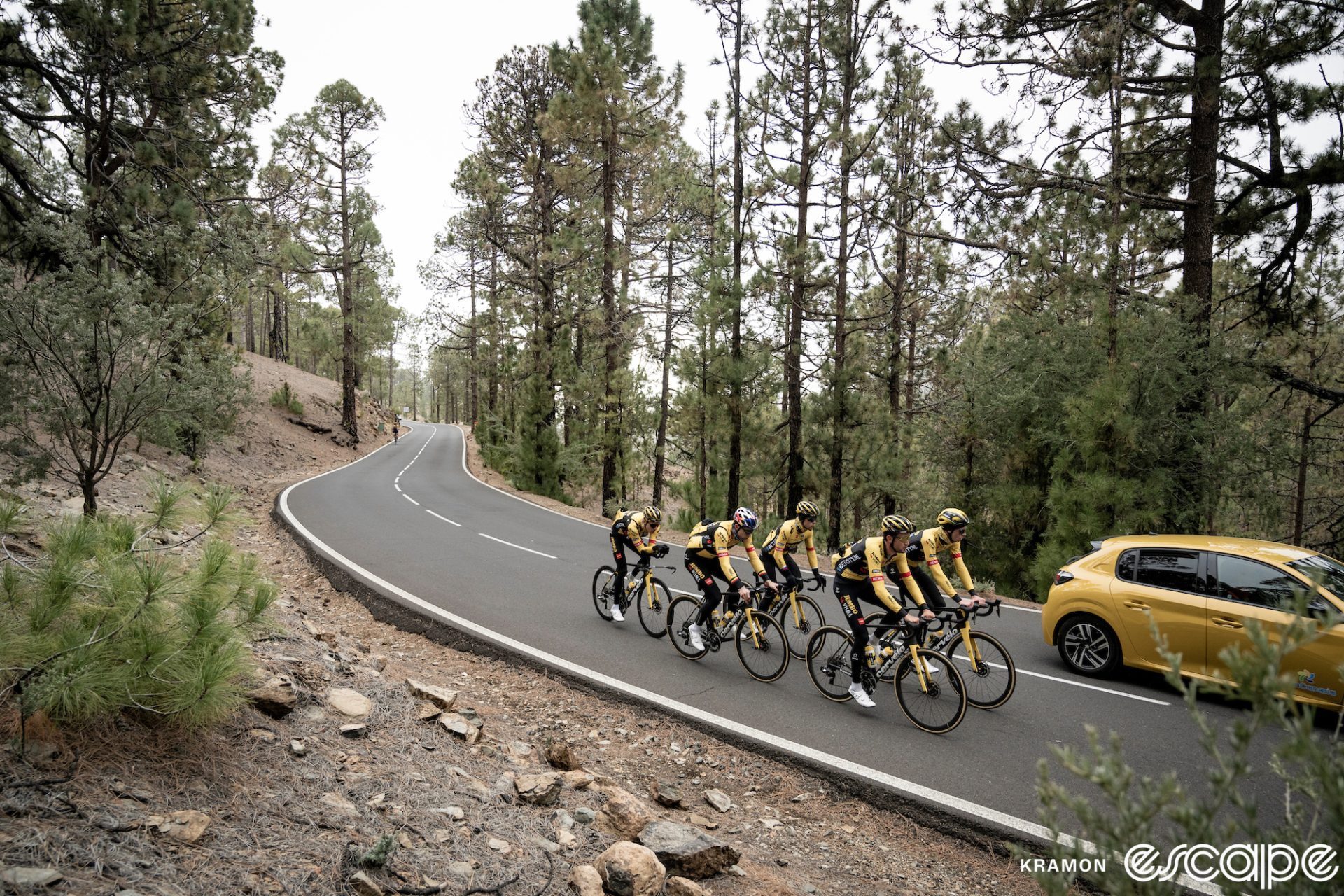
They agree to have meeting points, but at this camp, lack of telephone signal or issues due to the weather meant they briefly didn’t know where one of their riders was.
“One time, we couldn’t reach a rider because he was doing another loop and we couldn’t bring him a bidon because we weren’t 100% sure where he was,” Heijboer says. “And then already, you see in the evening and the day after, that’s harming his recovery and the quality of his training the next day. Well, that’s not specifically for altitude, but still, doing an altitude camp, let’s say the fine from making a small mistake is bigger most of the time.”
Strange things happen up high. They encountered a lot of snakes. No, I don’t mean rival team spies in the camp, but serpents appearing on the mountain roads when the Dutchman hadn’t seen one there in the previous nine years. “One day, we even had a snake in our car. I don’t know what kind, just a small one,” Heijboer says. “We rode over one once; luckily he survived.”
Then there was the hit-or-miss weather, with several afternoons of heavy rain and fork lightning. “We had to improvise a lot to make sure the riders could still do their training,” Heijboer says. “At some point we had to pick them up at the bottom of the climb and drive them back with the car. Some other moments, we had to drive down at the beginning of the day with the cars.”
In May, Jumbo-Visma were on Sierra Nevada at the same time as Ag2r-Citroën. Irish trainer Barrett has been with the French WorldTour team since the end of 2018. They have come to the altitude party a little later than some peers.
“With altitude in our team, it was always something you had to do because other teams did it,” Barrett says.
Go back four years and they had a once-a-year sortie to Sierra Nevada, where several Ag2r-Citroën riders would go with Romain Bardet, following the same plan. Now, they regularly have three different training schedules for a day. “Why would I want Stan Dewulf to do the same as what Ben O’Connor does? They’re not the same rider so it doesn’t make any sense,” Barrett says.
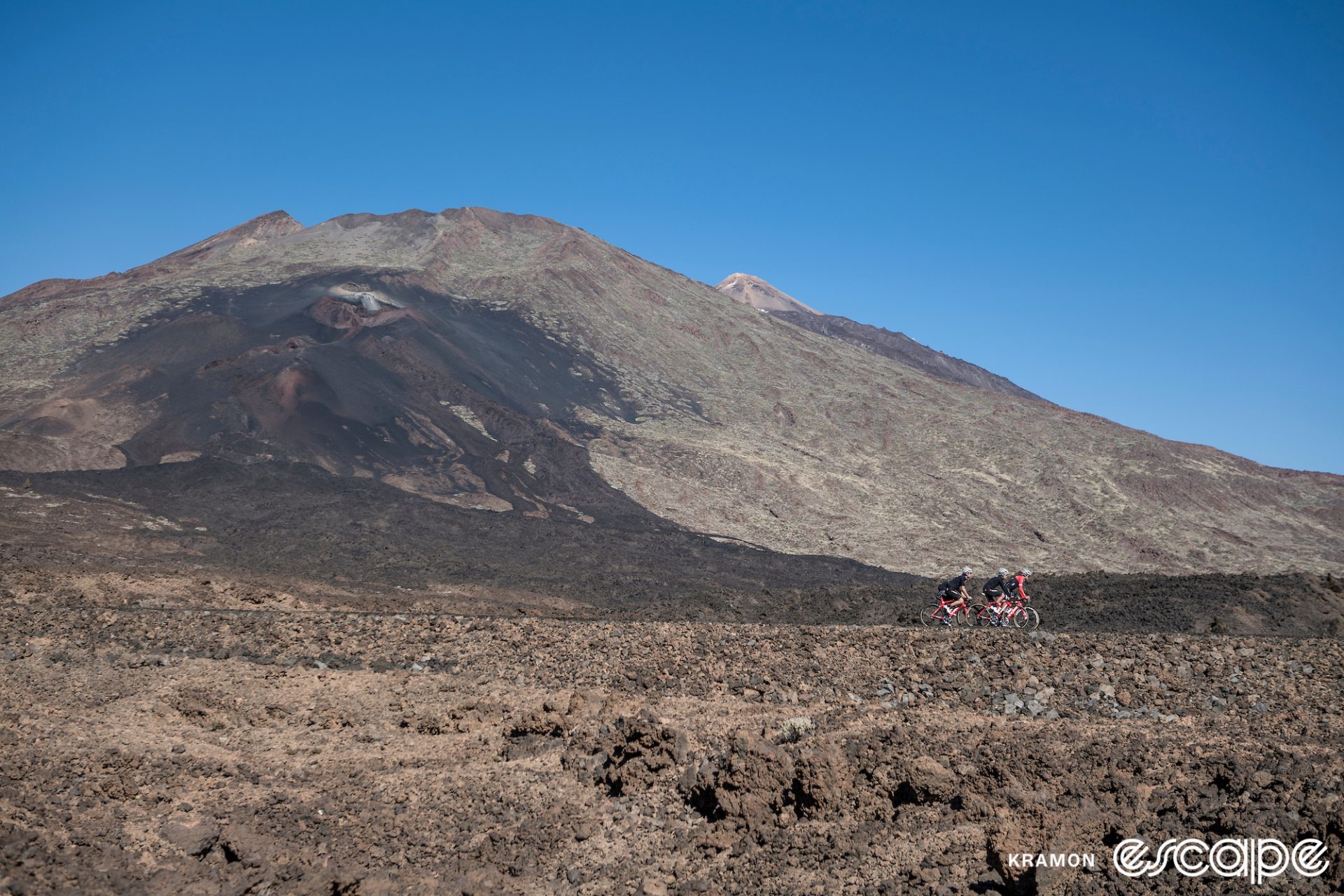
Their entire approach has evolved. This May, AG2R-Citroën’s seven riders each had a personalised nutrition plan before heading into the rarefied air. “Back then [in 2018], if some guys didn’t feel good, the answer almost was that they didn’t respond well … we never really looked into that. Often, the case is an un-optimised preparation before going there, so we make sure their iron levels are quite good in the weeks before,” Barrett says.
Staying in the CAR (Centro de Alto Rendimento), a multisport Aladdin’s Cave in the sky with a running track, pool and gym, AG2R-Citroën riders are closely monitored by the team. Blood oxygen saturation is taken every night before bed and when they wake up, hydration is tested by urine-specific gravity tests and so is oxygen saturation (SpO2) to see how well their body is adapting. (Above 2,000 metres, it might register below 90%, when it can be around 99% at sea level.)
The training plan is decided weeks beforehand. AG2R-Citroën works in two-day blocks, which is less mentally fatiguing than three or four. It’s all subject to change, depending on how riders are feeling or affected by other sessions. Seeing body language and discussing sensations for coaches like Barrett and Heijboer is even more valuable than the cold, hard numbers.
There’s also an unquantifiable bond being built for the teams training at altitude before their big tests. (Keeping it fun when on top of a mountain in the middle of nowhere is important.) UAE-Team Emirates get competitive over the console soccer game FIFA, while AG2R-Citroën get stuck into sauna sessions and table tennis, where their Austrian climber Felix Gall excelled.
“It always ended up as a knockout and came down to Felix and our osteopath Gregory,” Barrett says. “Ben O’Connor, on the other hand: not very impressive.”
However, where it mattered – on two wheels – Barrett was satisfied with the Australian’s showing over 17 days there. Though, as O’Connor’s phone call on his penultimate session showed, even Tour de France contenders have to take the rough with the smooth.

Barrett knew how to handle it: “I said, ‘That’s fine. But three days ago, you felt awesome. And you don’t lose your legs in two days.’ So we had to manage that day and yeah, it didn’t go well; he got some of his efforts done, he didn’t hit the benchmarks we wanted him to hit. So we had a reset that night, we reflected and reviewed it.”
Barrett didn’t want O’Connor to leave the camp on a bad day because his confidence might be damaged. The last session, pencilled in as easy, became a modified hard one and O’Connor ticked off the targets. After his blip, he finished third at the Critérium du Dauphiné. Barrett hopes the upward trajectory will continue into the Tour de France.
Heijboer reports that Jonas Vingegaard’s May pains in Spain went swimmingly compared to his 2022 camp, where he arrived without an optimal amount of training in his legs and had to build up more. “It’s a major improvement. This was one of the best camps … he was fresh, healthy and fit and went through the three weeks without any issues,” Heijboer says.
According to Heijboer, this year’s Tour de France route makes training and planning the peak of form more complicated, but he was reluctant to dig deep into what he changed for Vingegaard: “Well, we’re in a competitive environment, so I don’t want to make the competition smarter. We made some small changes, but on the other hand, not major ones. It has something to do with some types of effort, timing of efforts, intensive efforts during the camp,” he says.
“We were very happy with the Dauphiné. But still, we think he can do better. That’s also the feeling he has. And that has mostly to do with being able to go even a little bit easier through hard stages. Having the feeling you can continue your effort longer. But I think this is mostly a perception of effort, it’s not really that the numbers will change a lot.”
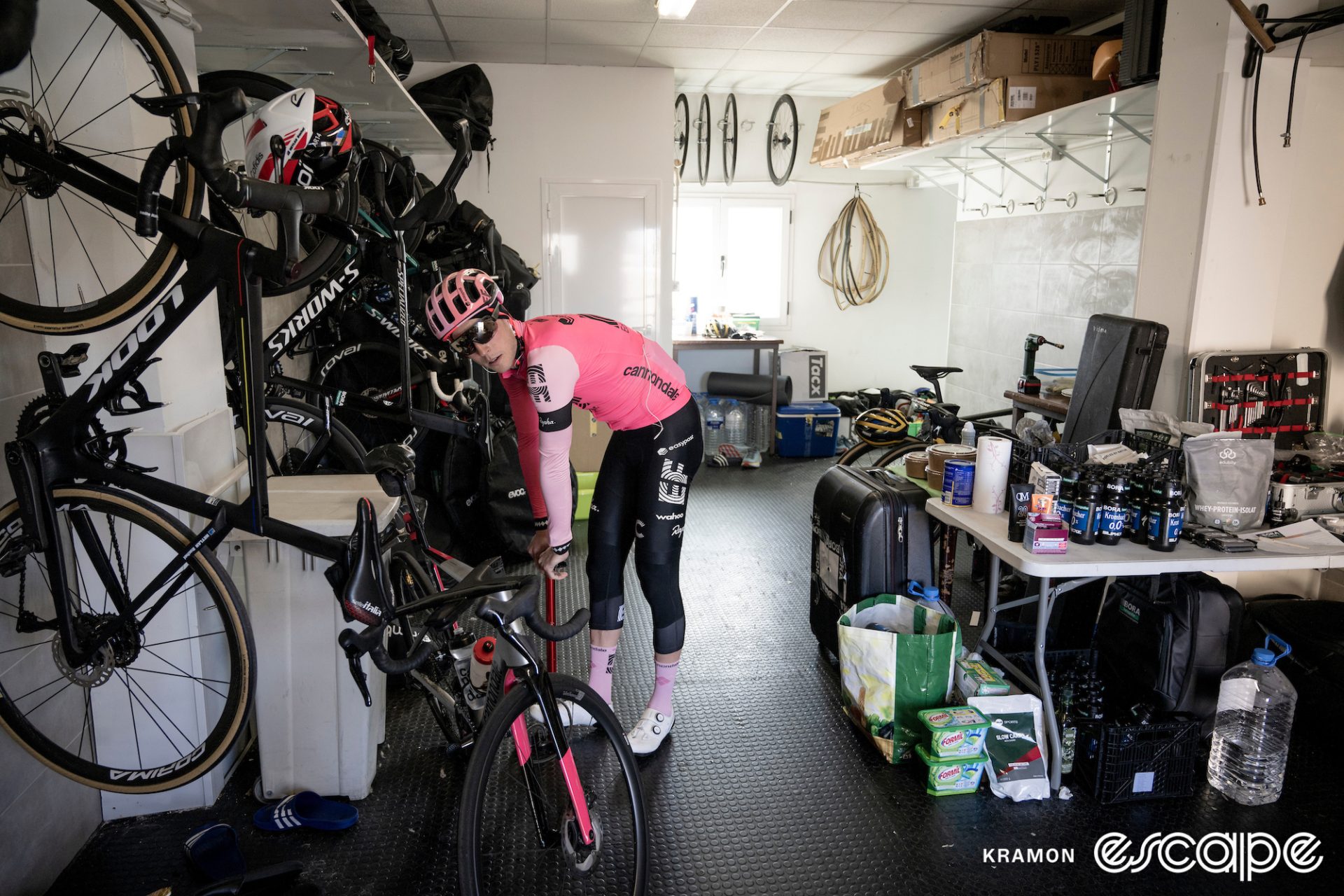
WorldTour squads inevitably bump into each other: on Sierra Nevada in May, AG2R-Citroën had one traffic-light stop where Soudal Quick-Step, Jayco-AlUla and Jumbo-Visma all appeared at different junctions. (Happily, there was no Anchorman-esque brawl.)
When it comes to altitude training, there is an inevitable curiosity about what the rivals are doing. “We saw Jumbo most days, then you look on Strava,” Barrett says. “What Wout van Aert and these guys are doing, the amount of volume, is quite extraordinary. You’re like, ‘Should I be doing that?’ But then you reflect on the demands of what we’re trying to achieve and stick to our own plan.”
The gains appear a little more marginal when every WorldTour team going for Grand Tour glory is doing it. So, looking to the future, how can altitude training be improved to find new advantages?
“I think we can even play with going to higher altitudes or training higher, especially when you have endurance athletes already used to a certain elevation,” Heijboer says.
“Training in general is always doing the basics right and adding a few new stimuli every now and then to make sure your body keeps adapting. I think there’s still a lot to play around with training high or sleeping higher.”
We wouldn’t put it past Jumbo-Visma to build their own superstructure up above 3,000 metres in the ongoing quest for perfect altitude preparation. Just make sure there are no snakes.
Did we do a good job with this story?

